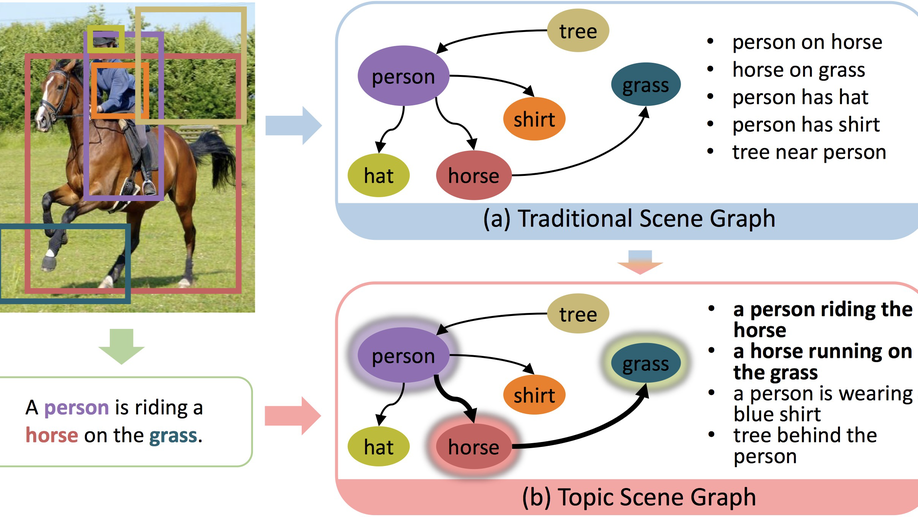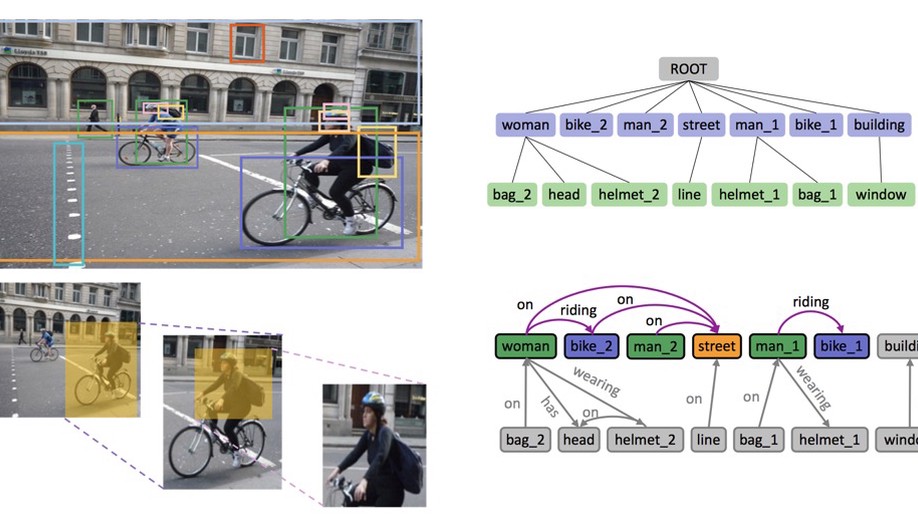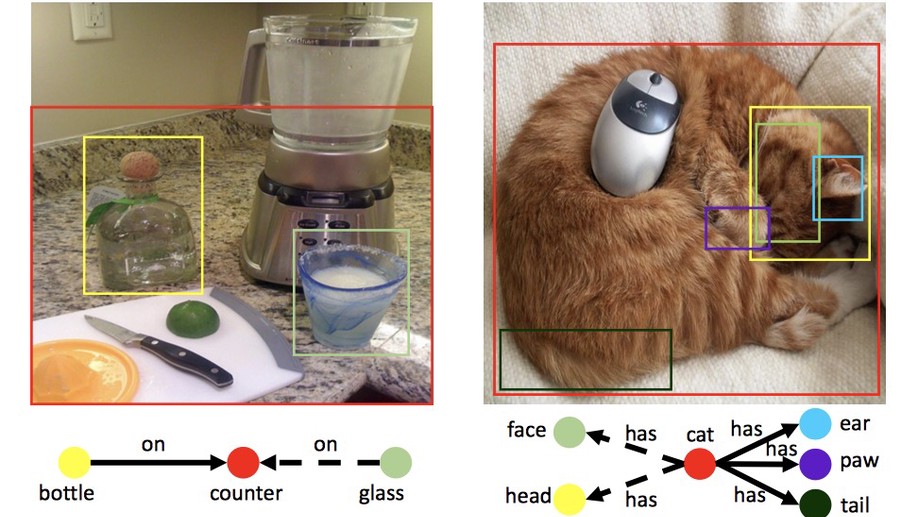Kenneth Wong
Senior Researcher
Huawei Noah's Ark Lab
Biography
Kenneth Wong, namely Wenbin Wang (王文彬), is currently a senior researcher at Huawei Noah’s Ark Lab. He obtained his Ph.D. degree in the Key Lab. of Intelligent Information Processing (IIP) at Institute of Computing Technology (ICT), Chinese Academy of Sciences (CAS) , advised by Prof. Xilin Chen and Prof. Ruiping Wang . His research interests include but not limited to 2D/3D scene understanding, object detection, scene graph generation, and image captioning. Before this, he received his B.Eng. degree in Computer Science and Technology as an undergraduate student of Nankai University (NKU, 2013 - 2017).
“Those times when you get up early and you work hard; those times when you stay up late and you work hard; those times when don’t feel like working — you’re too tired, you don’t want to push yourself — but you do it anyway. That is actually the dream. That’s the dream.”
Interests
- Scene Understanding
- Object Detection
- Vision & Language
Education
-
Ph.D. in Computer Vision / Artificial Intelligence, 2017 - 2022
Institute of Computing Technology, Chinese Academy of Sciences, Beijing, China
-
B.Eng. in Computer Science and Technology, 2013 - 2017
Nankai University, Tianjin, China






